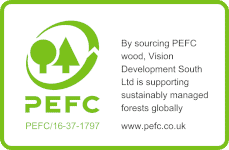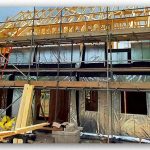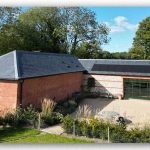Energy-Efficient Homes Built Using Timber Frames
Energy-Efficient Homes Built Using Timber Frames
In the age of climate consciousness, building an energy-efficient home isn’t just about saving money on energy bills—it’s about building a sustainable future. Among the various building materials available today, timber frame construction stands out as one of the most energy-efficient and environmentally friendly options. This blog explores why timber frames are the ideal choice for energy-efficient homes and the numerous benefits they offer.
Why Energy Efficiency Matters in Home Building
Before diving into timber frames, let’s address why energy efficiency is so vital in home construction. Energy-efficient homes:
- Lower energy consumption: By reducing the need for heating, cooling, and electricity, homeowners can significantly lower their utility bills.
- Environmental benefits: Reduced energy use leads to fewer greenhouse gas emissions, contributing to the fight against climate change.
- Increased comfort: Energy-efficient homes maintain more consistent indoor temperatures, offering year-round comfort.
- Enhanced property value: Energy efficiency is a sought-after feature in the real estate market, potentially increasing the resale value of the home.
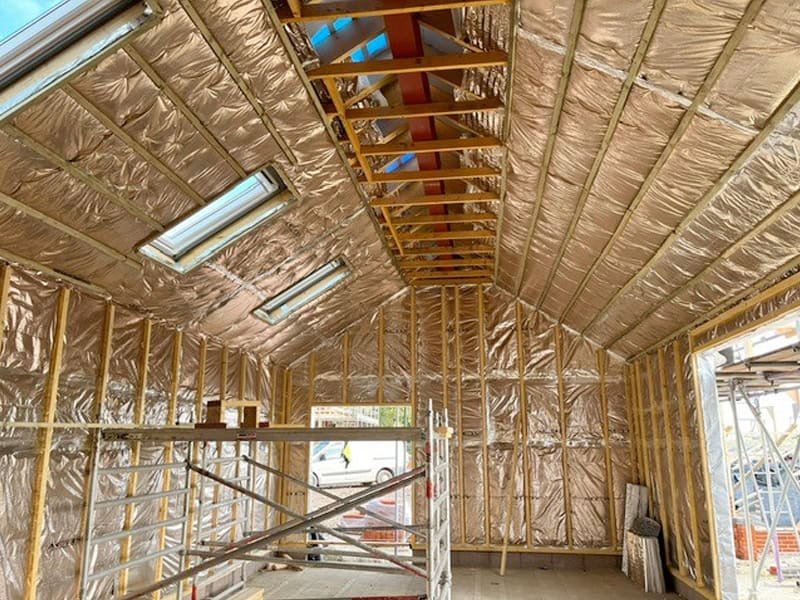
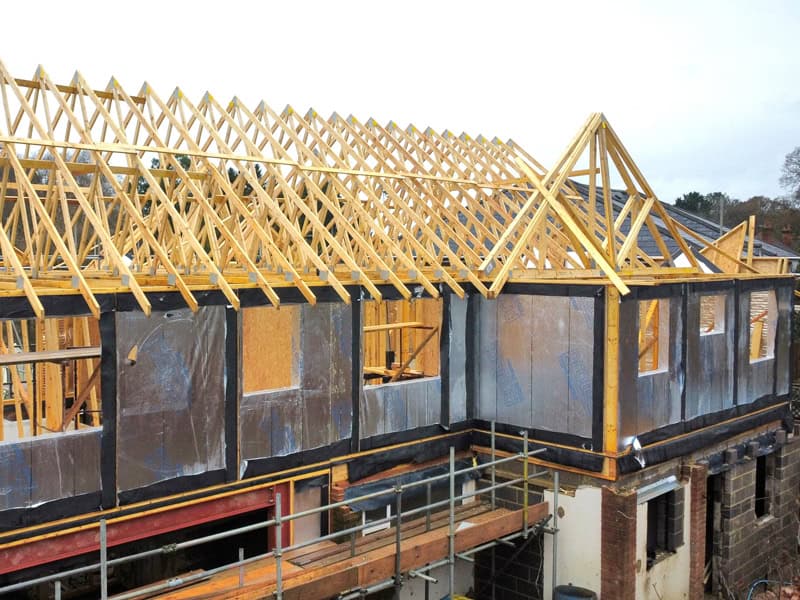
Vision insulates their standard open-panel timber frame systems with Hybris insulation and a vapor control layer, along with a reflective external breather membrane to enhance thermal efficiency.
The Benefits of Timber Frame Construction for Energy Efficiency
1. Natural Insulation Properties
Timber naturally has low thermal conductivity, meaning it is a poor conductor of heat compared to steel or concrete. This makes timber frames excellent for insulating homes. A well-insulated timber frame house will:
- Retain warmth in the winter: Timber frames help reduce heat loss, keeping your home warmer with less energy consumption.
- Stay cooler in the summer: Timber can also block heat from entering the house during hot months, minimising the need for air conditioning.
These insulating properties make timber a highly efficient material for maintaining comfortable indoor temperatures year-round.
2. Airtightness
Modern timber frame construction allows for exceptional precision in design and build, which enhances the airtightness of the structure. Airtight homes minimise air leakage, reducing drafts and cold spots, further contributing to energy efficiency. The airtight design ensures that the house retains heat, reducing the need for excessive heating systems. In contrast, more conventional builds, like brick and block constructions, are more prone to air leaks due to their materials and construction methods.
3. Compatibility with Modern Insulation Materials
Timber frames are versatile and can easily be combined with modern insulation materials to create highly efficient building envelopes. By filling the cavities of timber frames with high-quality insulation (such as cellulose, fiberglass, or mineral wool), the home’s thermal performance can be maximised. Insulation can be applied within the walls, floors, and roof space to prevent heat loss, ensuring that energy consumption for heating and cooling remains low.
4. Low Embodied Energy
Embodied energy refers to the total energy required to produce, transport, and assemble building materials. Timber is a renewable resource with relatively low embodied energy compared to other common building materials like steel and concrete. Trees capture and store carbon dioxide during their growth, and the production of timber requires less energy-intensive processes.
Moreover, when sourced from sustainably managed forests, timber has a minimal environmental impact, making it a low-carbon building material. Choosing timber helps reduce the overall carbon footprint of the home, contributing to a more sustainable building practice.
5. Thermal Mass Effect
Though timber itself doesn’t have the same high thermal mass as materials like concrete or stone, it can still be paired with high thermal mass materials in key areas, such as floors or internal walls, to moderate temperature fluctuations. This creates a balance that maintains comfortable indoor temperatures without over-reliance on heating and cooling systems. Essentially, the structure absorbs, stores, and gradually releases heat, enhancing the home’s energy efficiency.
Additional Benefits of Timber Frame Homes
1. Sustainability
Timber is one of the most sustainable building materials available, particularly when sourced from responsibly managed forests. These forests are managed to ensure that trees are replanted, and ecosystems are protected, making timber a renewable and eco-friendly material. Furthermore, timber is biodegradable, reducing the waste burden at the end of its lifecycle.
2. Speed and Flexibility of Construction
Timber frame homes can be constructed more quickly than traditional builds, reducing both construction time and labour costs. Prefabricated timber frames can be assembled off-site and then transported to the building location, streamlining the building process and reducing on-site waste.
3. Design Versatility
Timber frames offer great flexibility in terms of architectural design. Whether you’re aiming for a modern, minimalist home or a more rustic aesthetic, timber can accommodate various styles. Its structural strength allows for open-plan designs with fewer interior walls, offering greater creativity and personalization in home layouts.
4. Longevity and Durability
With proper care, timber frame homes are remarkably durable. Timber is naturally strong, and when treated, it can resist common issues like moisture and pests. Many timber frame homes have been known to last for centuries, proving their durability and long-term performance.
5. Health Benefits
Timber is also known to contribute to healthier indoor environments. It’s a natural material, which can help reduce indoor air pollutants. Additionally, research suggests that being surrounded by wood can have positive psychological effects, reducing stress and promoting a sense of well-being.
Conclusion: Timber Frames as the Future of Energy-Efficient Homes
In an era where sustainability and energy efficiency are at the forefront of home building, timber frames stand out as the ideal material choice. The natural insulating properties, ability to combine with modern insulation materials, and sustainable nature of timber make it the perfect option for energy-efficient homes. Coupled with its benefits of design flexibility, durability, and low environmental impact, timber frame homes offer a future-forward solution to both individual homeowners and the planet.










